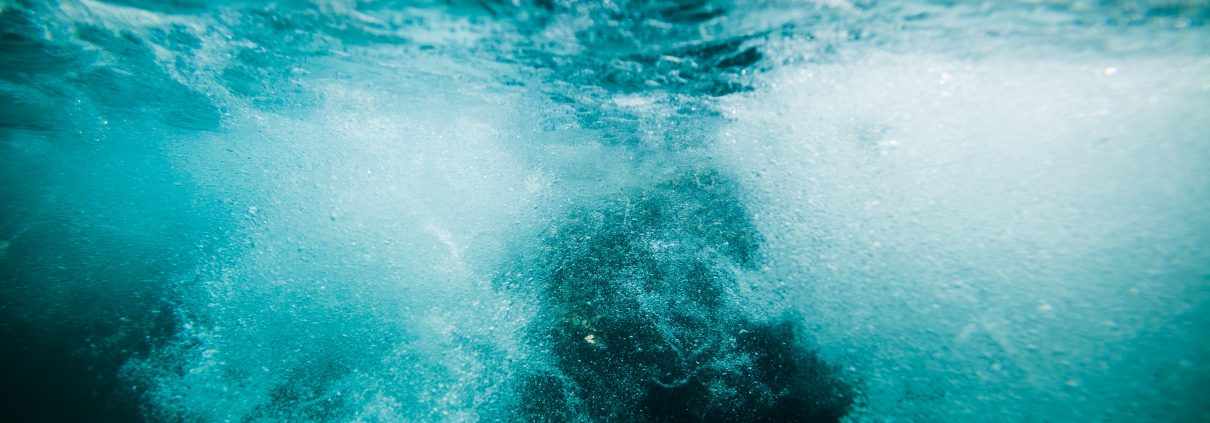Sea Ice at Record Lows at Poles
So far this year, the seas in the North and South Pole have been slow to freeze, setting a record low for the floating cap of sea ice in November. Due to unusually high air temperatures and a warm ocean, the sea ice extent which is the total area covered by floating sea ice, was the lowest November total on record.
Every northern fall and winter, cooling ocean and air temperatures cause the floating cap of the Arctic and Antarctic seas ice to grow from its annual minimum extent toward a maximum between February and April. The annual freeze-up is influenced by factors such as water temperature, air temperature, and wind patterns. So far in 2016, these levels have been setting both daily and monthly record lows.
The slump in November sea ice follows a persistent trend in the Arctic, where warming temperatures are causing problems for indigenous communities and wildlife.. This summer saw the second smallest ice extent on record, with the Arctic expected to be ice-free during summer within decades. The loss of reflective sea ice amplifies the warming process by exposing the dark sea, which soaks up more heat which in turn helps melt more ice. The extra heat is also winnowing away the world’s glaciers, leading to sea level rise that places many of the world’s major cities at risk of flooding.
For the full article, CLICK HERE.



